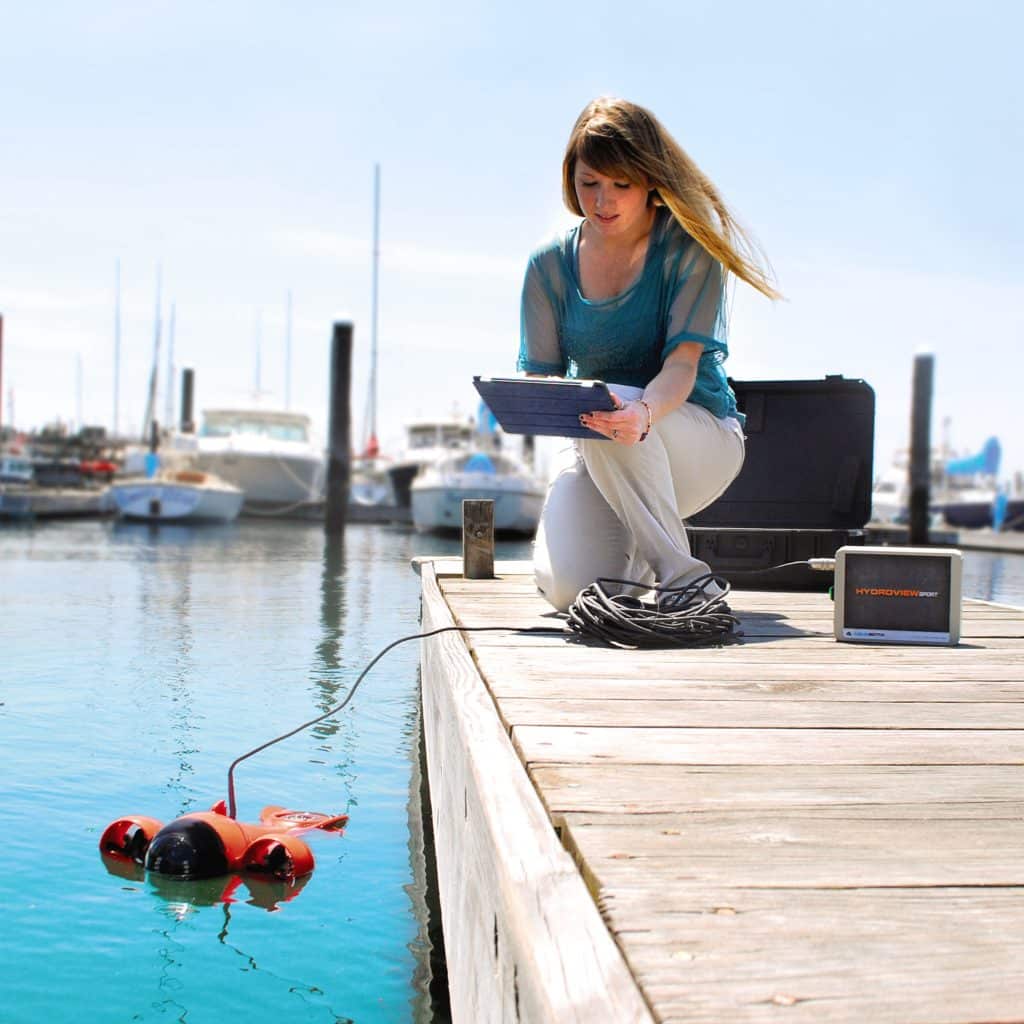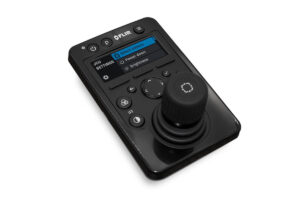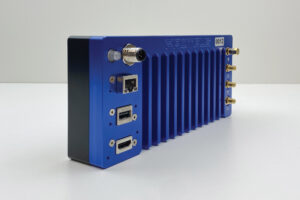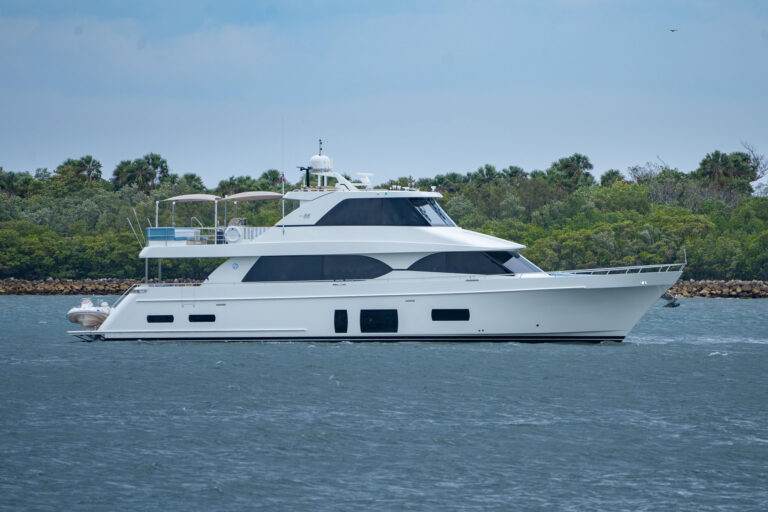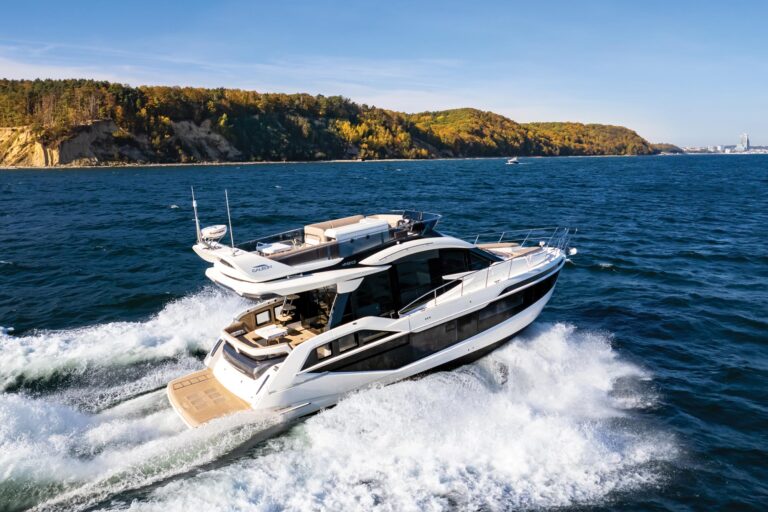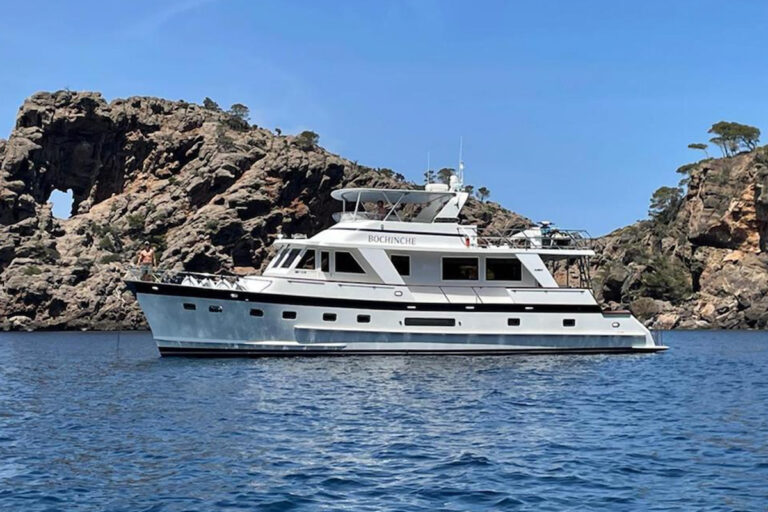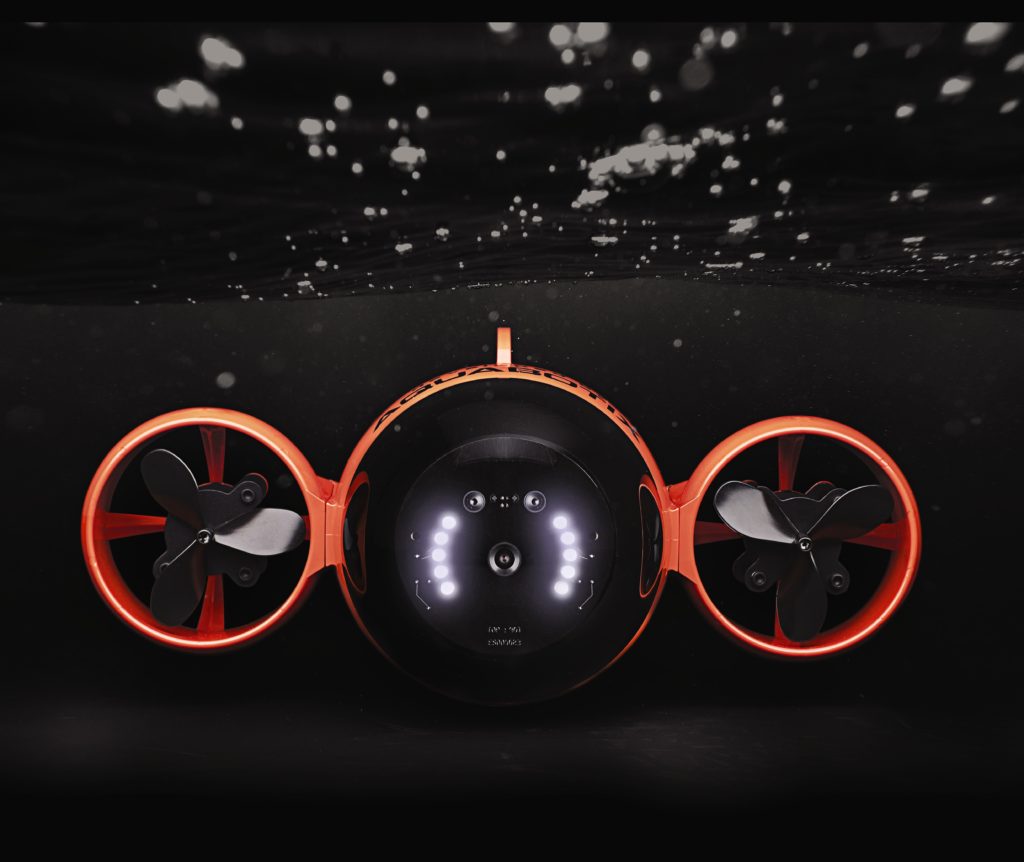
I slip into the bathtub-warm waters of Molokini Crater, situated between Kaho’olawe and Maui, and open my eyes to a riot of subaquatic Hawaiian color. Parrotfish, Moorish idols and Picasso triggerfish gallivant by, and I spot sea turtles in the enticing depths below. I pull deeply through my snorkel and aim for 5 o’clock, swimming toward the graceful terrapins until my lungs cry for oxygen. While the optics are spectacular, I can’t help but wish there were a way to peer closer at the ocean’s colorful secrets, sans gills or scuba tanks. Now there is. While humans have been dispatching remotely operated vehicles, or ROVs, beneath the brine since around the 1950s, doing so was traditionally the province of research scientists. Smaller, “low-cost” ROVs have existed since the early 1980s, but they still cost $25,000 to $45,000, so they were primarily used for commercial applications. About a decade ago, consumer interest in recreational ROVs picked up, starting with home builds and DIY kits, then progressing more recently to user-ready commercial products.
As with many technologies, ROV development has benefited greatly from consumer-electronics advances such as miniaturization and commoditization of processors, sensors and solid-state memory, as well as touchscreen interfaces. “ROVs are part of the smartphone story,” says David Lang, co-founder of OpenROV, a startup that raised some $815,000 on Kickstarter to produce an assembled version of its ROV kit, called Trident, which recently hit the market.
Lang says that smartphones and tablets are ideal ROV controllers thanks to their intuitive touchscreen interfaces. Their high-definition screens are great for displaying an ROV’s streaming camera feed, and their solid-state hard drives are well-suited for recording video. Also setting the stage for the development of recreational ROVs are advances in inexpensive computers such as Arduino and Raspberry Pi, life-proof 1080p cameras such as the GoPro, inertial measurement units and other solid-state sensors, lithium-ion batteries and — on the software side — application programming interfaces, or APIs, and open-source operating systems.
Unlike manned submersibles, recreational ROVs don’t use ballast to control angles of attack. Instead, “flight” and 3-D navigation are controlled via external actuators that function much like underwater versions of an aerial drone’s rotors. GPS doesn’t work underwater because of attenuation issues, so users pilot their ROVs using the drone’s live video feed, its inertial measurement unit (if it has one) and — if they get into trouble — its inherent buoyancy or a “surface” command.
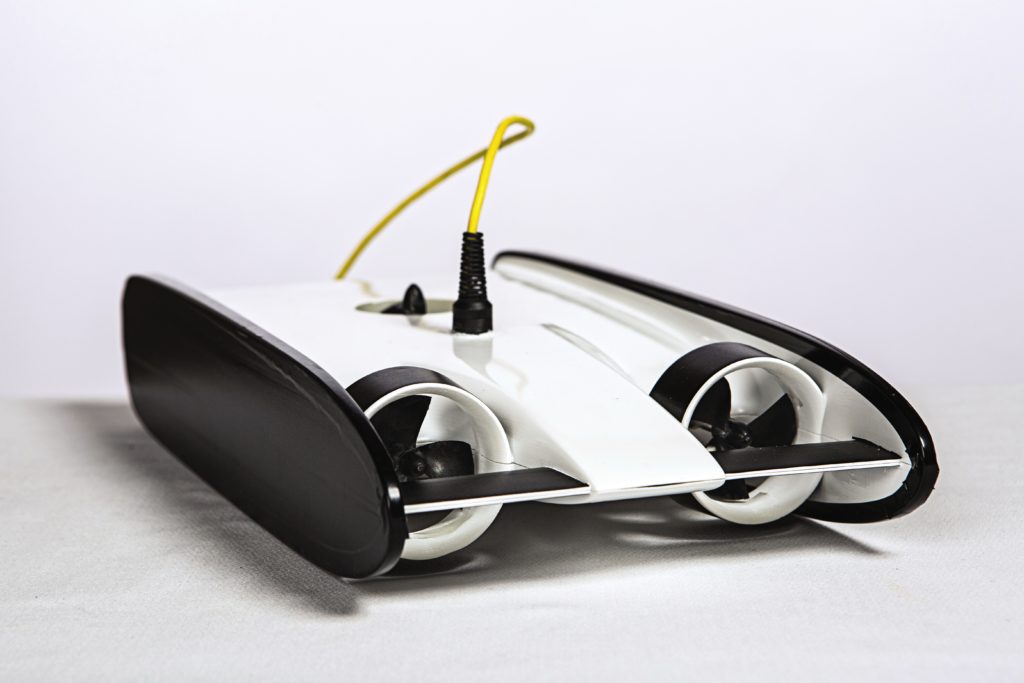
While aerial-drone operators must comply with the Federal Aviation Administration’s constantly evolving rules, recreational ROVs aren’t subject to formal directives or even industry-standard best practices. But this is changing. “People in the community have published scientific papers about the best practices for reducing marine invasive-species transfer. We’re working with archaeologists about best practices for dealing with cultural heritage, and we’re working with NOAA for ways that citizen-scientists can contribute data to exploration and research,” says David Lang, co-founder of OpenROV. For now, boaters can clearly mark an ROV dive area and employ diving best practices, including a flag to alert other boaters about what’s happening under the hull.
Also, since Wi-Fi is good for short-range underwater transmissions only, recreational ROVs rely on a tethered data cable (manufacturer depending, this can be an Ethernet or fiber-optic cable, or a thin-diameter twisted pair) that extends from the ROV to a topside black box. This black box delivers a high-definition video feed to a designated device or display while listening via wireless or Ethernet connection for input from its controller, which can be a smartphone, tablet, PC or game-style controller. Commands are sent down the data cable to the ROV; the ROV’s video feed is recorded on the ROV’s microSD card or directly on the hard drive of a PC or wireless device.
Recreational ROVs typically rely on compact and lightweight lithium-ion batteries, which provide about two to three hours of burn time per recharge. (Some companies, including Aquabotix, offer an AC-powered option if specified at time of purchase.) Cruising speeds are typically limited to less than 4 knots, greatly reducing any collision danger (see “Rules Under the Road”). Operating depths also vary by manufacturer; most ROVs come with fairly short tethers, but cable extensions are available.
Unlike a lot of computer or consumer-electronics hardware, most ROVs rely on APIs and open-source software. They also actively encourage users to develop their own bespoke software solutions.
“All of our vehicles are built with the MOOS open-architecture [robotics software] system, so customers who want to layer something over our software are able to do [so],” says Dawn Doraz, Aquabotix’s vice president of marketing. User-created features include scientific data-gathering instrumentation, sonar and scanning technologies, and external cameras for capturing additional angles and points of view. Lang says that some OpenROV users have hacked on external robotic arms controlled via short-range Wi-Fi signals, which are sent from the ROV to the appendage.
While ROVs are brimming with technology, they also are easy, intuitive and fun to use. Doraz says that most users need around three hours of practice time to get started and three days to master the craft. “We’re transporting your eyes underwater using our 1080p HD camera,” Doraz says. “Unlike aerial drones, underwater drones are very robust and, because of the water, [they are] a lot easier to drive.” This ease of use, coupled with an ROV’s HD camera feeds, makes underwater drones great for checking anchors, anchor swing room or a yacht’s undercarriage; inspecting a proposed snorkel or dive site; and virtually joining friends who are scuba diving.
“I think that underwater drones will have a moment as important as when Jacques Cousteau invented scuba diving,” Lang says with confidence. “The Aqua-Lung opened up all of these new recreational, professional and industrial opportunities for doing work underwater. I think that having cheap computers and cameras down there, doing the same thing, is going to have a similar [impact].”
